I’d hate to try to count the number of times in my life that I’ve employed ‘magical thinking.’ Developmentally, it’s a common occurrence with young children—the line between creative fantasy and reality is blurry. But adolescents and adults commonly find themselves with false beliefs about how their thoughts, actions, or words can cause or prevent undesirable events. I remember my Grandma believed that her worrying would prevent ‘something bad’ from happening. Chris’ Grandma believed her daily prayers brought her son home alive from World War II. Is it ‘magical thinking’ or ‘a belief?’ Is it a problem or a solution? Is it superstitious or factual? (Hmm, seems like we can all relate to a good amount of that in our world in the last few years.) Magical thinking is a common indicator of trauma. It’s a form of dissociation, a coping mechanism employed by our psyches in response to an overwhelming event. It’s an attempt to feel more in control when we feel totally out of control. So I don’t disparage magical thinking—it’s been a major player in my coping-mechanism toolbox.
The definition of ‘magical’ from Oxford Languages is ‘relating to or resembling magic’ (as in supernatural or mystical) or ‘beautiful or delightful in such a way as to seem removed from everyday life’ (as in extraordinary or incredible.) I’m not much interested in the former definition, but the latter describes so many things I discover in Nature!
Last weekend we hiked at Moose Lake State Park. It’s a relatively small park established in 1971. They have a beautiful park office that houses the Agate and Geological Center which displays Minnesota’s state gemstone, the Lake Superior Agate. On the Rolling Hills trail, we wound through towering Pines with an ethereal carpet of Meadow Horsetails—it looked like the homeplace of fairies.
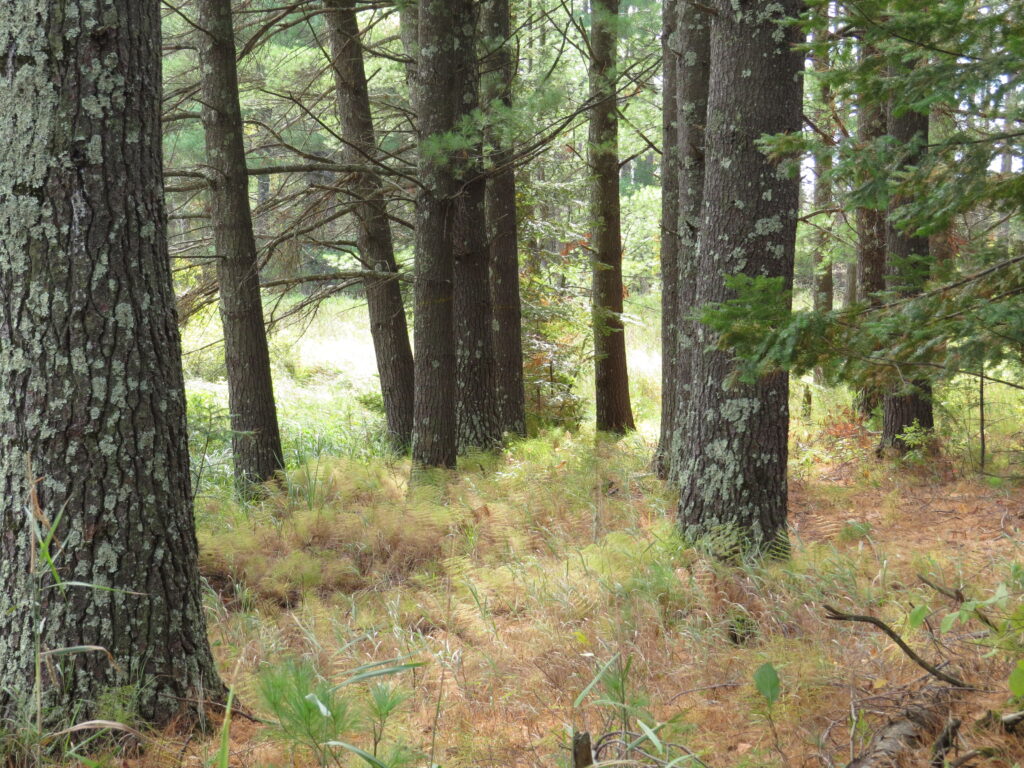
Dark red fruit known as ‘haws’ loaded a thorny Hawthorne tree. It has hard and durable wood, edible fruit, and is the subject of many legends and myths. The Hawthorne tree is an emblem of hope and is said to heal a broken heart.
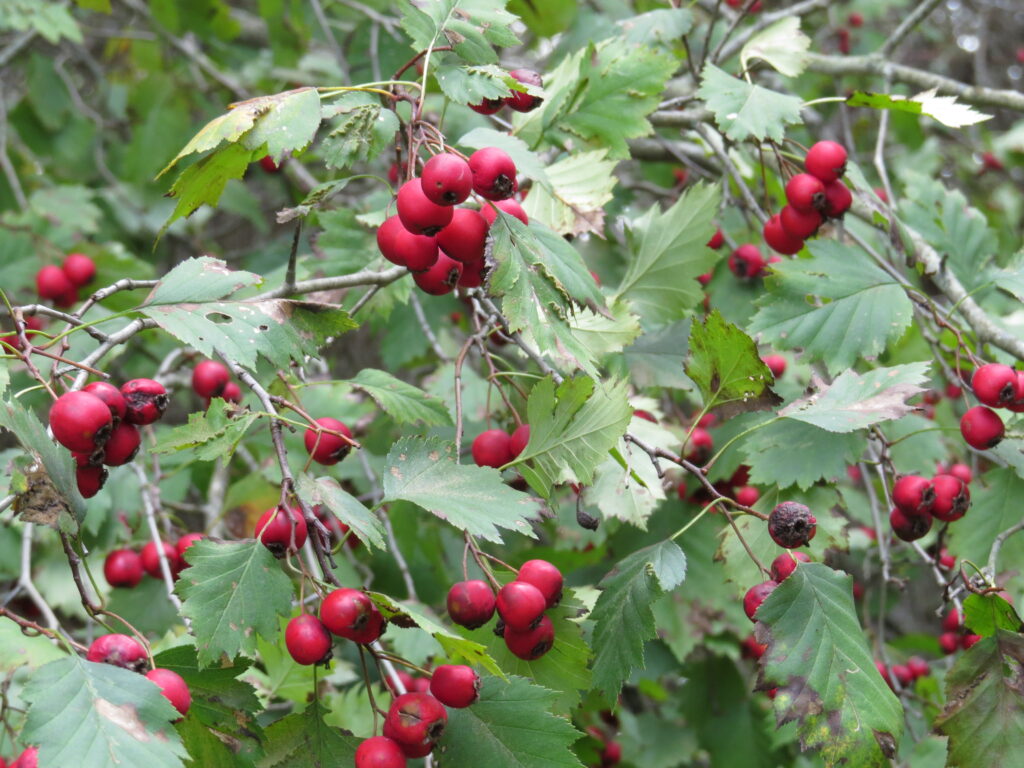
We passed by Wildlife Pond but did not see any wildlife. Instead we noticed beautiful White Water Lilies still blooming in the Autumn water.
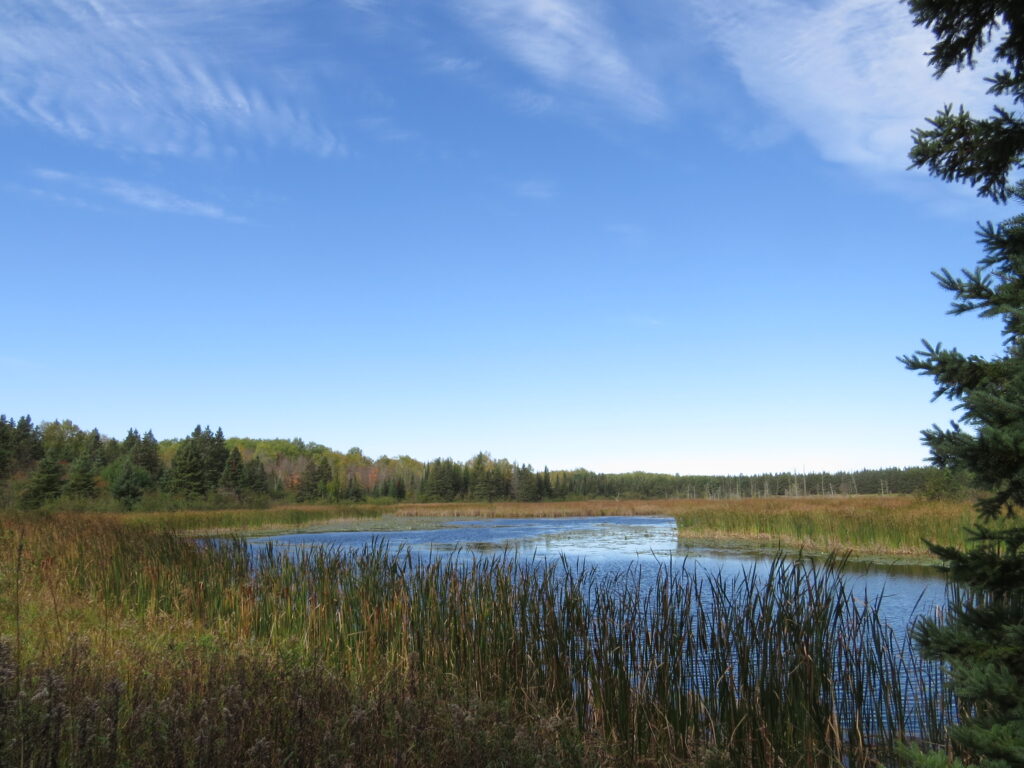
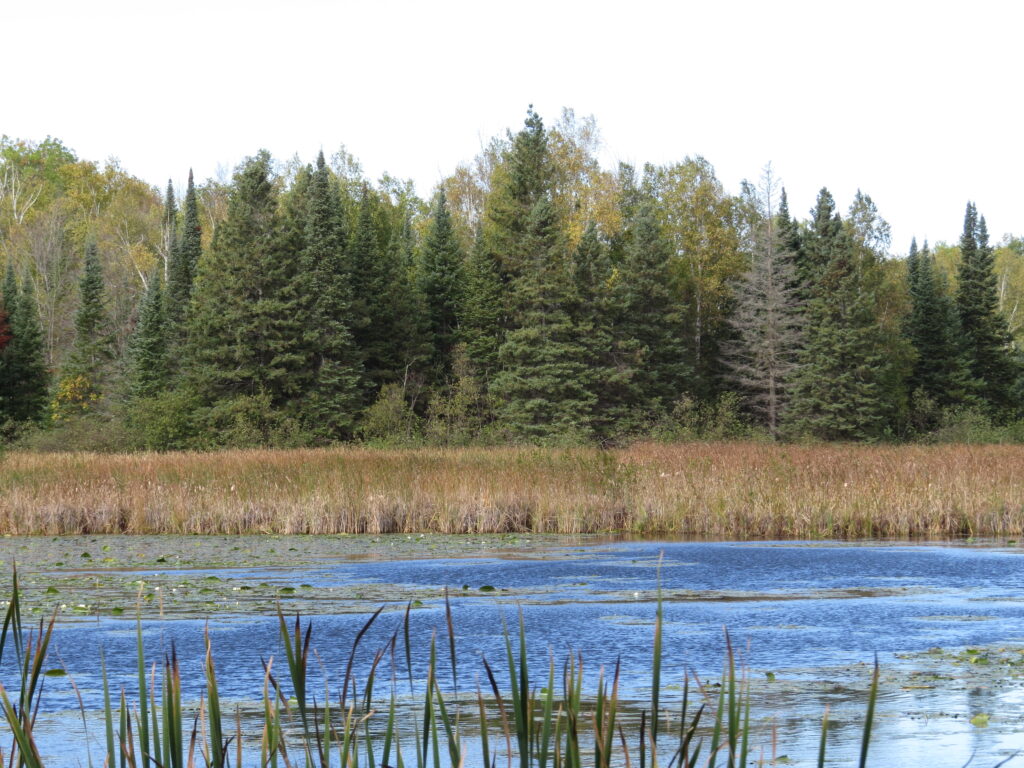
White Water Lilies represent rebirth and enlightenment—an extraordinary occurrence in a person’s spiritual journey. They are a symbol of peace, love, and harmony—a magical blessing for anyone.
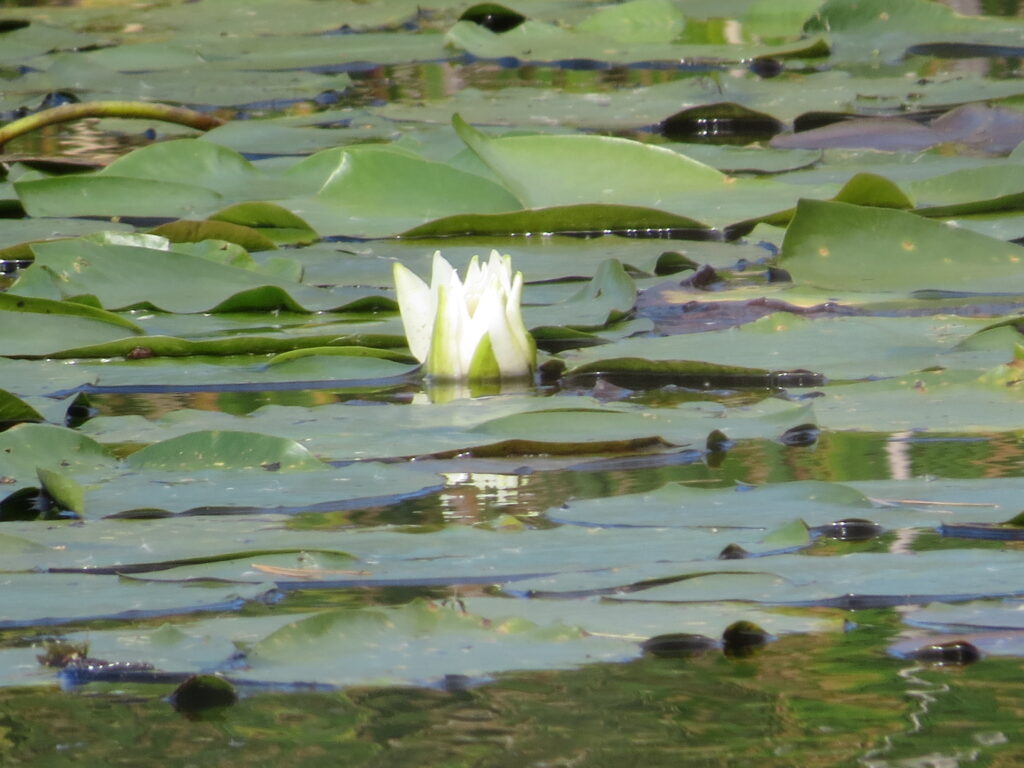
Across the trail from the Wildlife Pond was a smaller, more hidden pond where ducks and geese lazily swam and dove, bottoms up, to find food.
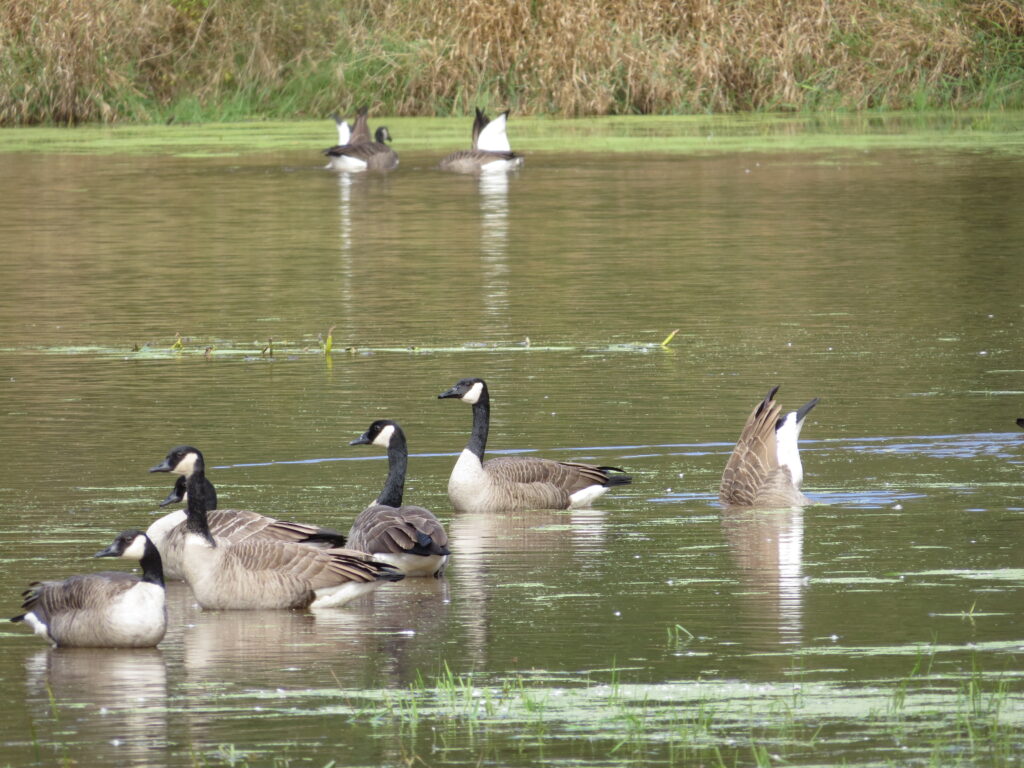
We heard the distinctive call of a Pileated Woodpecker before we saw him. They are not easy to capture with the camera. As a ‘spirit animal,’ the Pileated Woodpecker symbolizes strength, resilience, and determination.
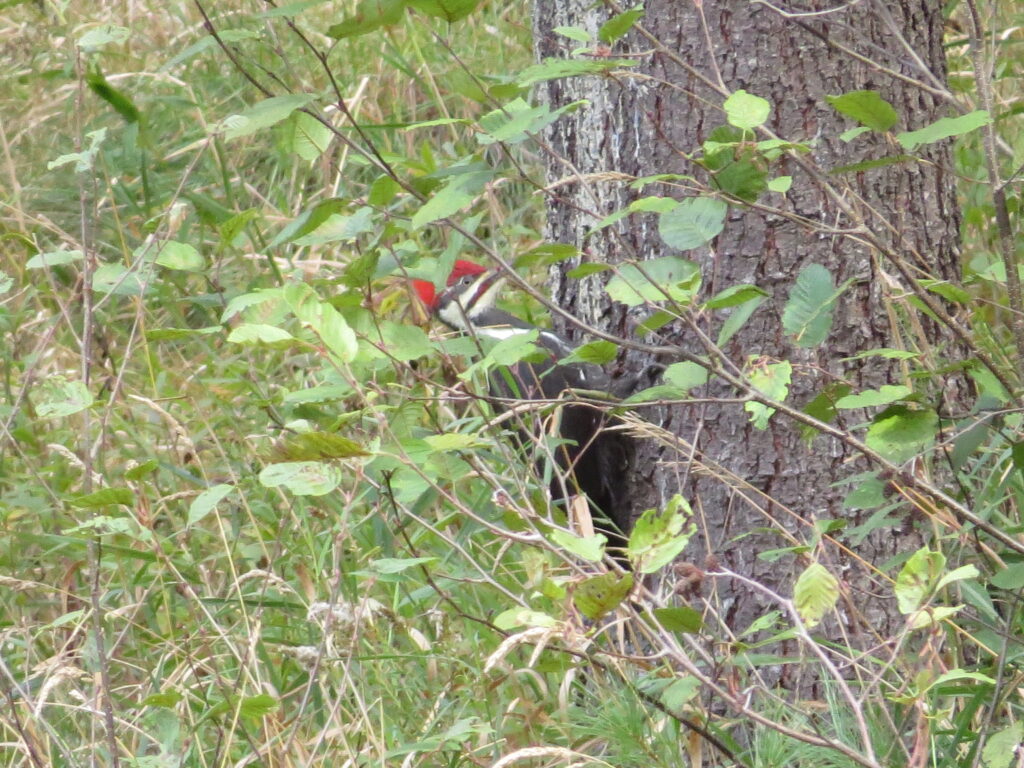
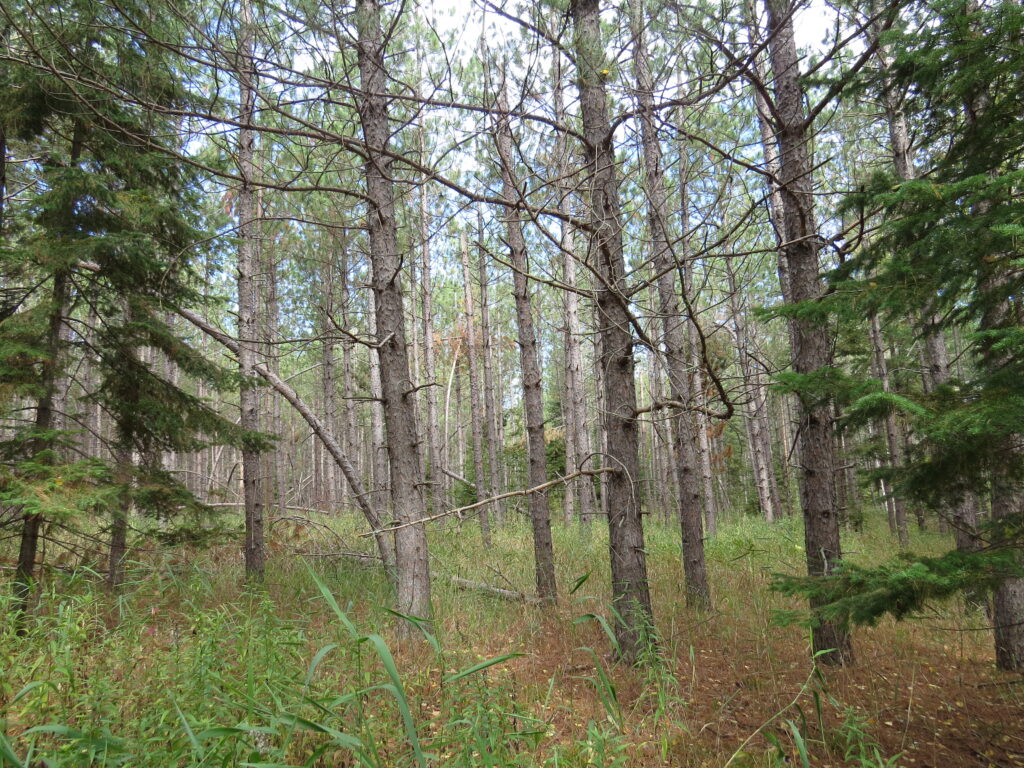
The rather magical transformation of leaves was displayed with every step we took. The Maples were dressed and dropping their cloaks of red, orange, and yellow.
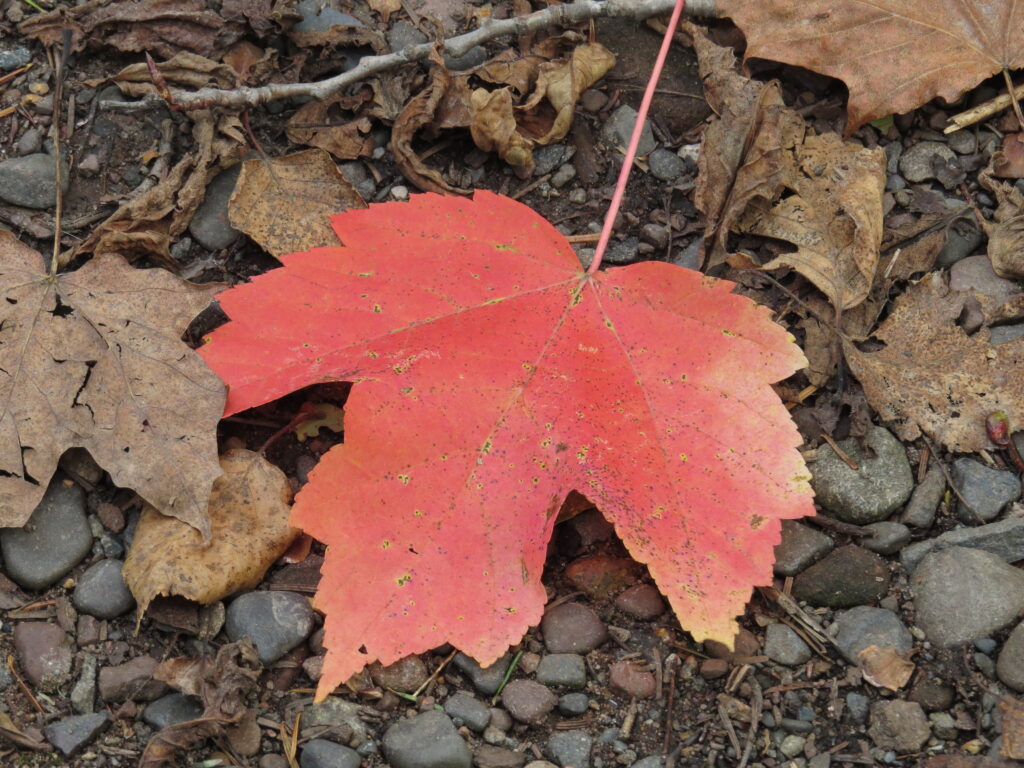
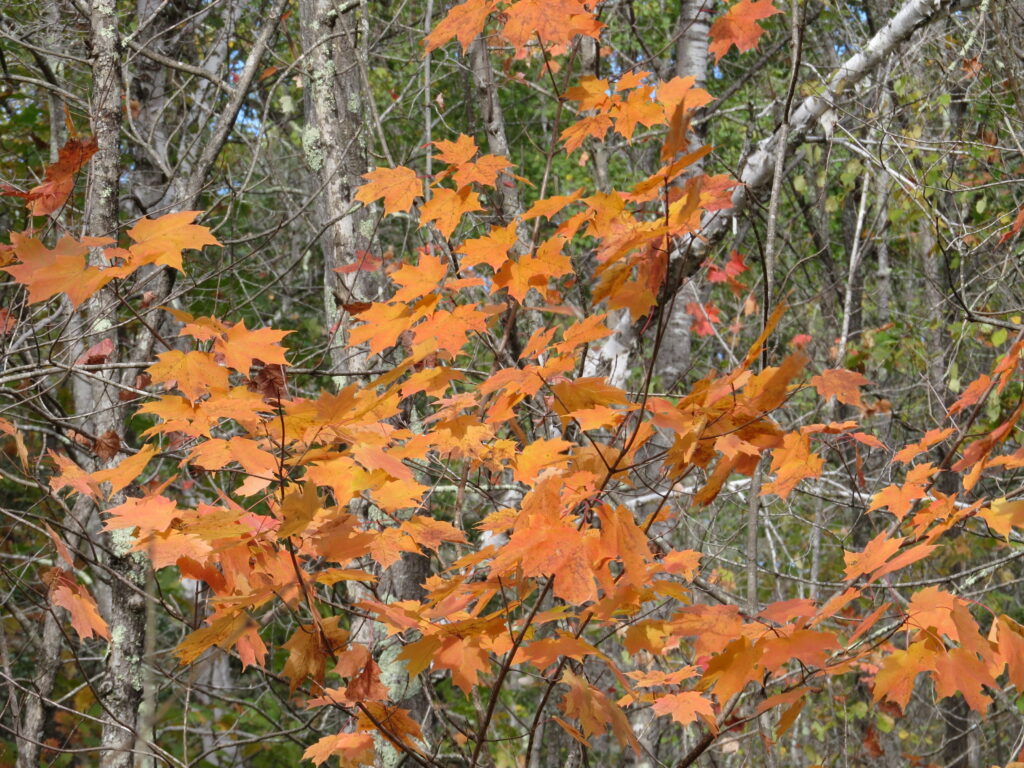
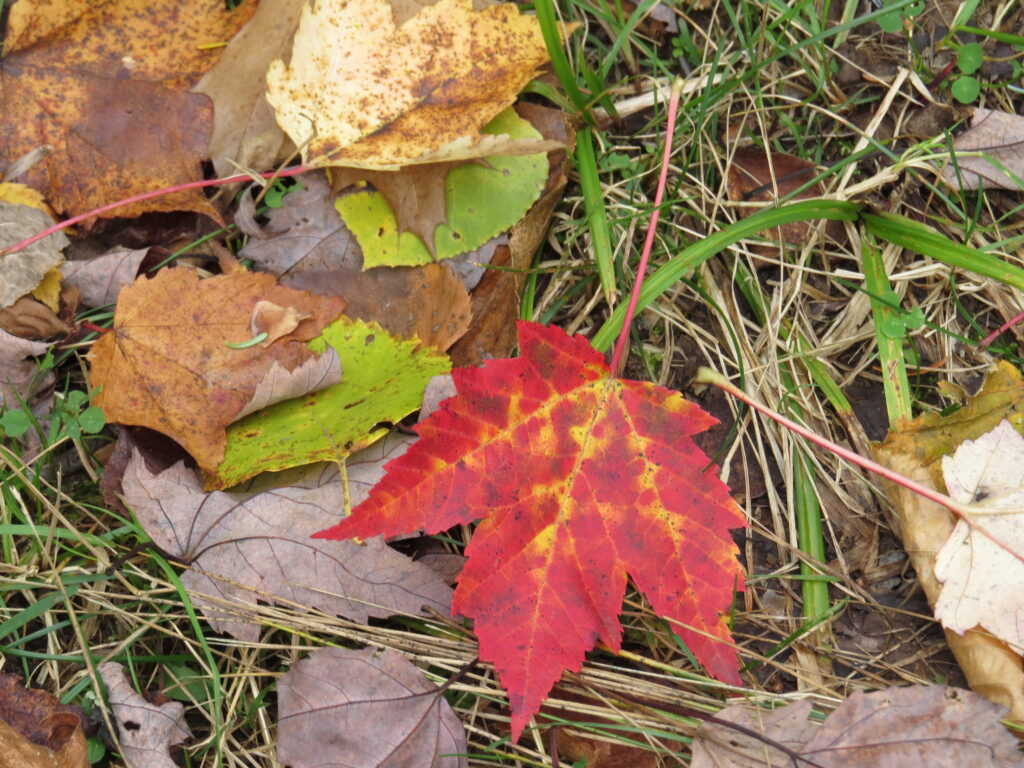
The Birch and Aspen were beginning their metamorphosis to golden yellow.
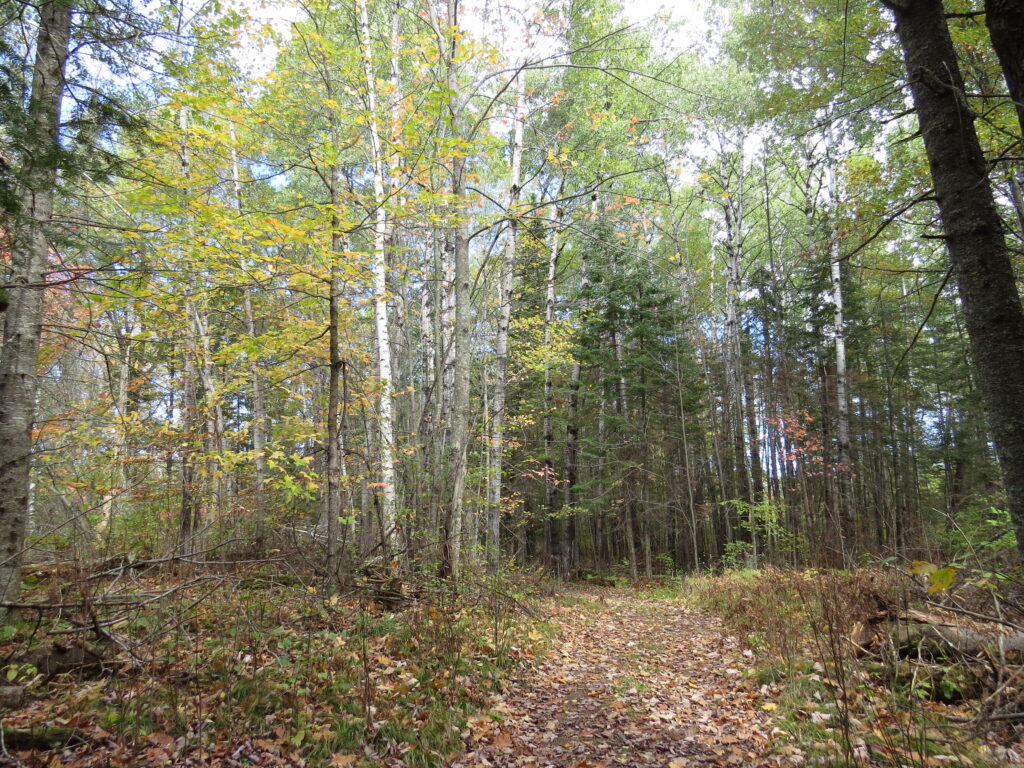
A tiny little environment of moss and mushrooms blossomed under the fallen leaves. Who else lives here?
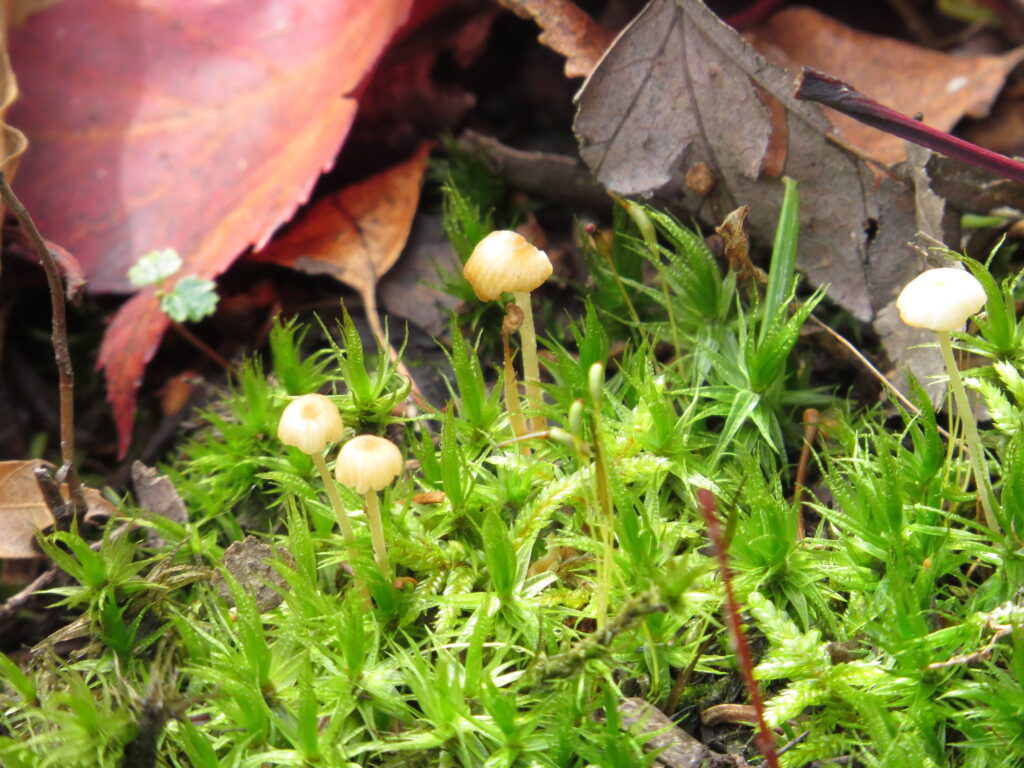
Round-lobed Hepatica leaves were conspicuous through the leaf litter. These hardy leaves turn a rich burgundy color, persist through the Winter, then wither away when the lavender-blue flowers begin to bloom in early Spring. The new leaves unfold after the flowers bloom. The dark color and shape of the leaves reminded people of the human liver (thus the name Hepatica), and at one time was used by herbalists as a ‘treatment’ for the liver because of this connection. Magical medicine?
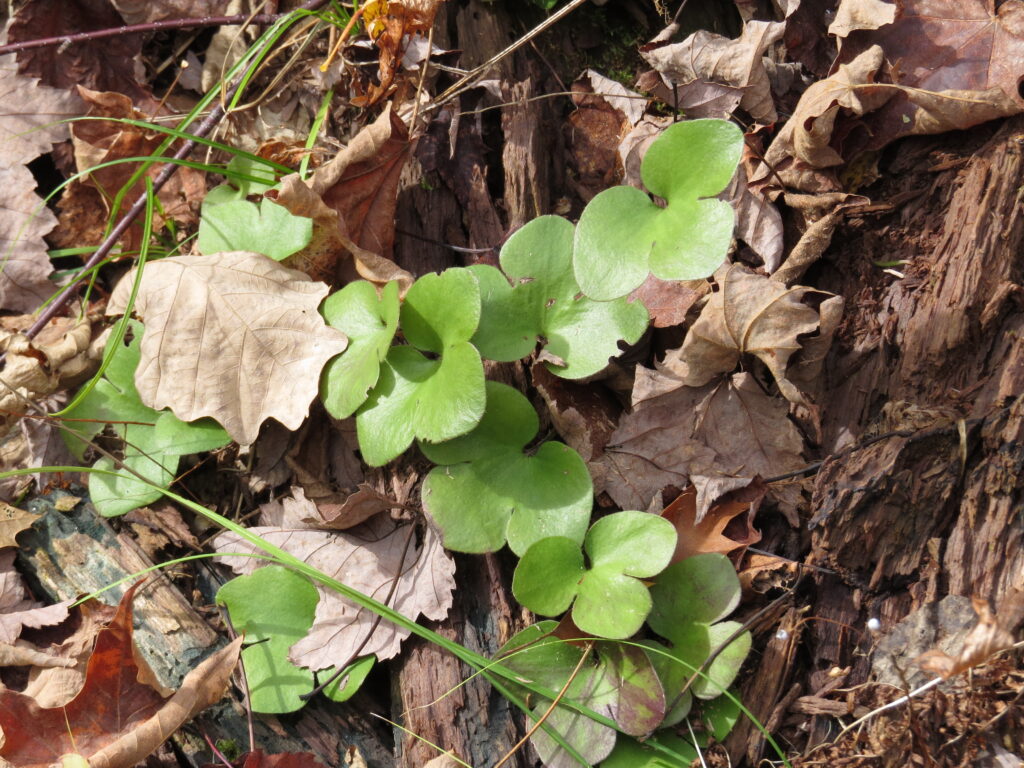
I noticed a large, golden-tan mushroom that had been eaten. At first I thought it was from a larger animal, but then I saw the shimmery shine of slime and dozens of snails attached to the underside and stem! Not an everyday sighting.
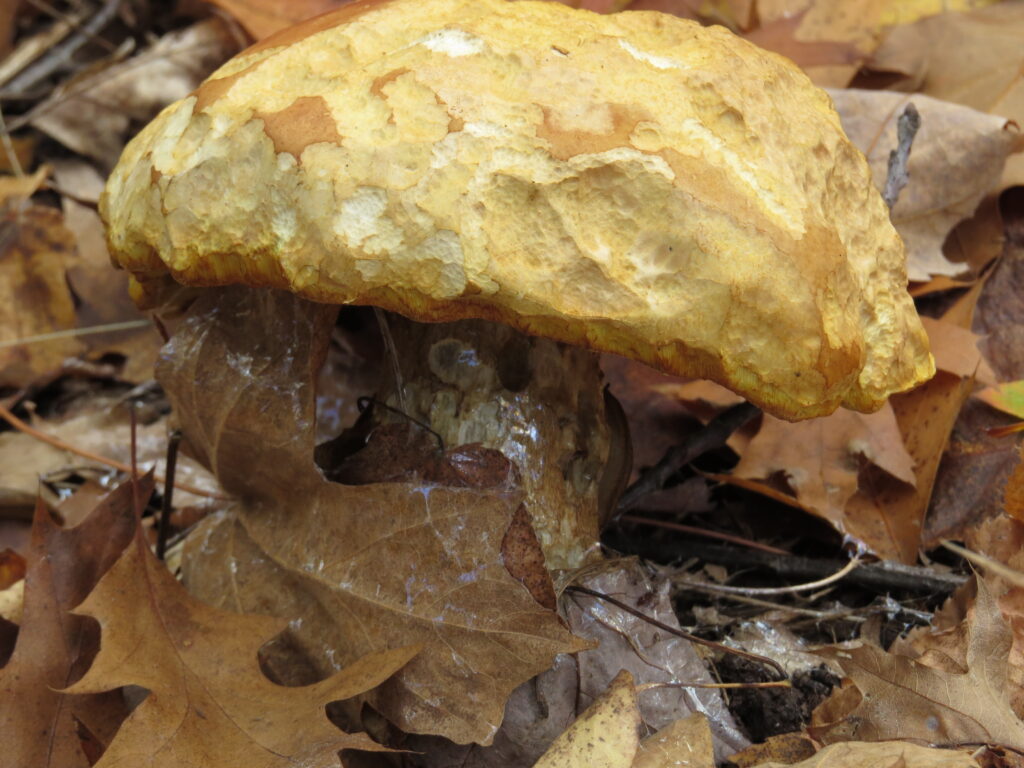
At one section along the trail, the Birch trees were bowing, creating an archway fit for royalty. As ordinary citizens, as lovers of Nature, as flawed and seeking humans, we marched under their humbleness with honor for them.
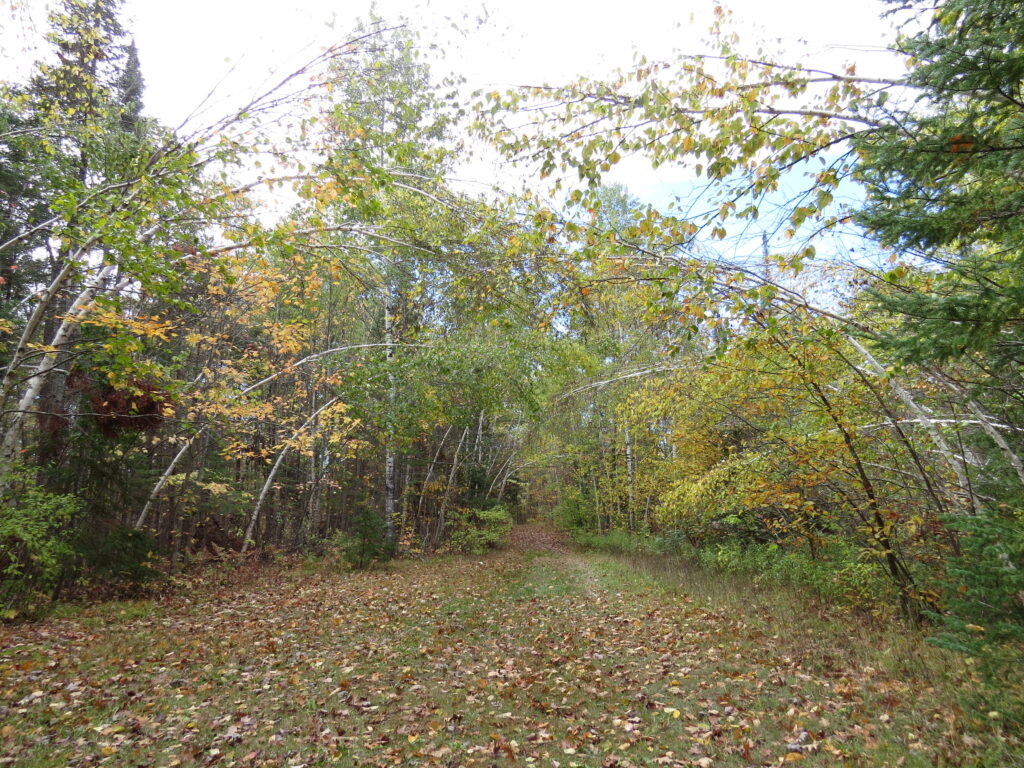
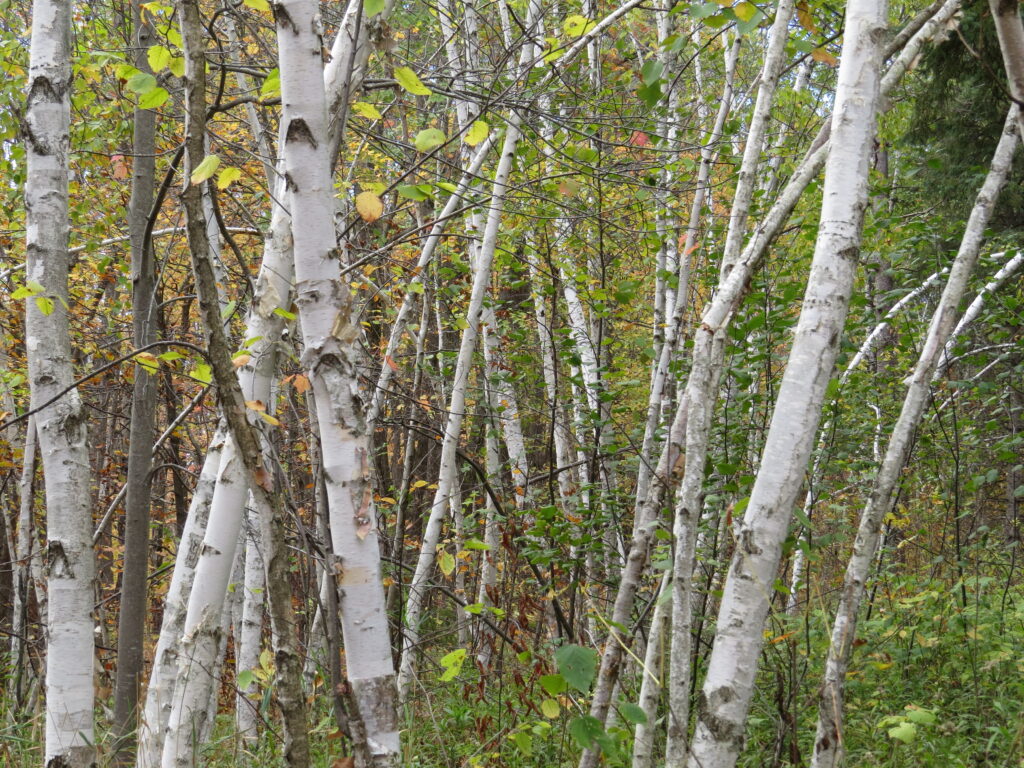
I have always thought of Autumn Quaking Aspen leaves as golden coins scattered on the ground—an abundance of riches, not for the taking but for appreciating.
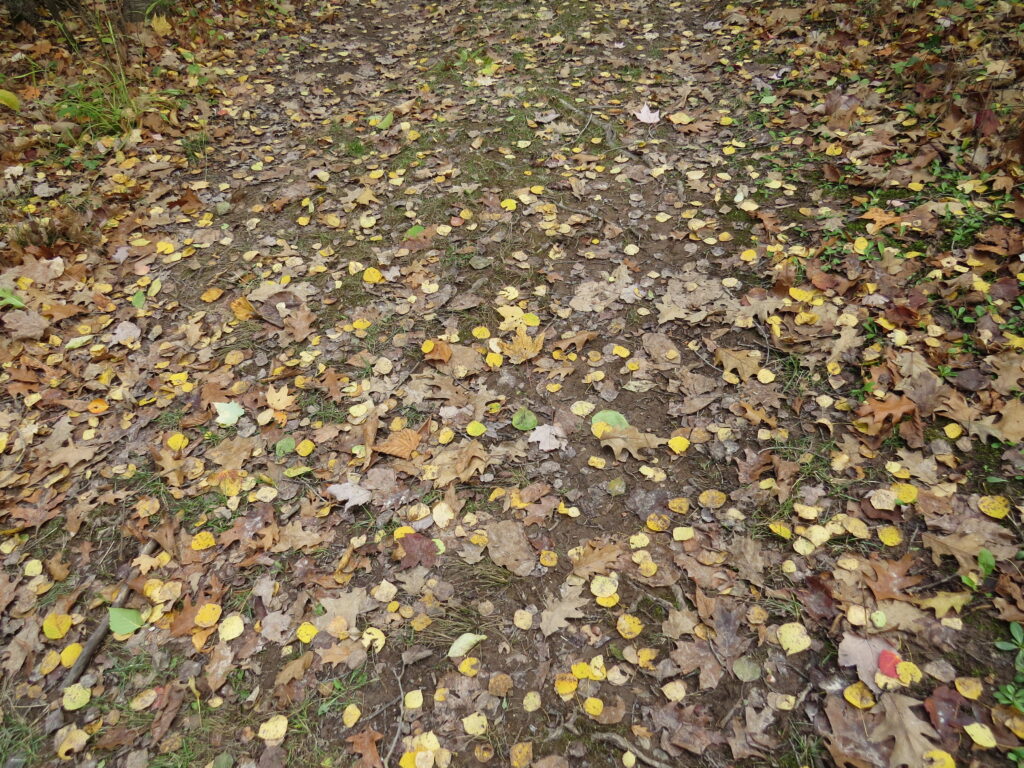
A few Asters were still in full and fresh bloom, reminding us all that blooming happens in different seasons for everything (everybody.)
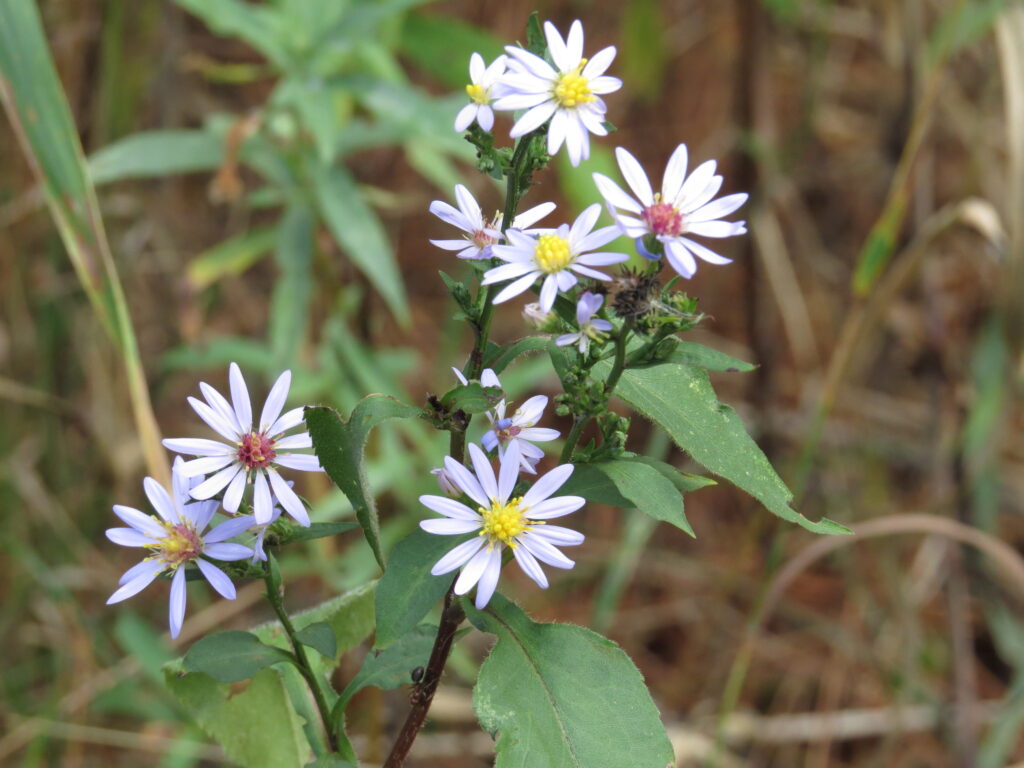
In contrast, Fireweed had bloomed, fruited, dried, and released its seeds into the wind with the help of fluffy cotton. Fireweed is a plant that represents rebirth and resilience, since it is one of the first to grow after wildfires. The lake-side Swamp Milkweed had also released its seeds, the empty seedpods creating a bouquet against the water and reeds.
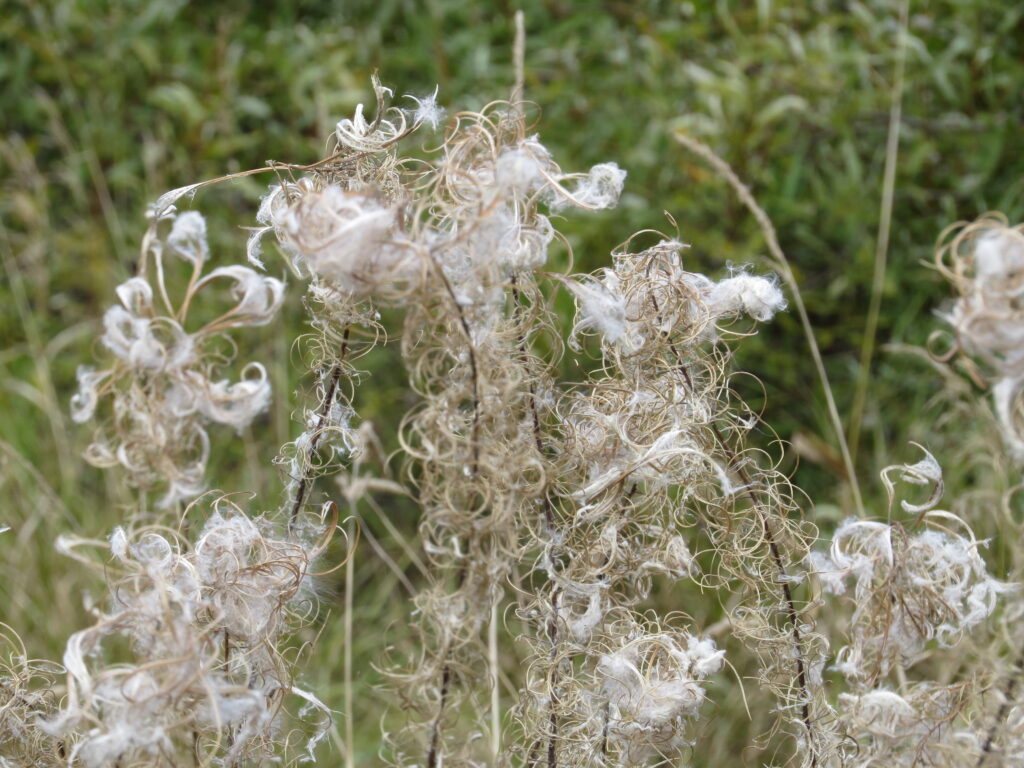
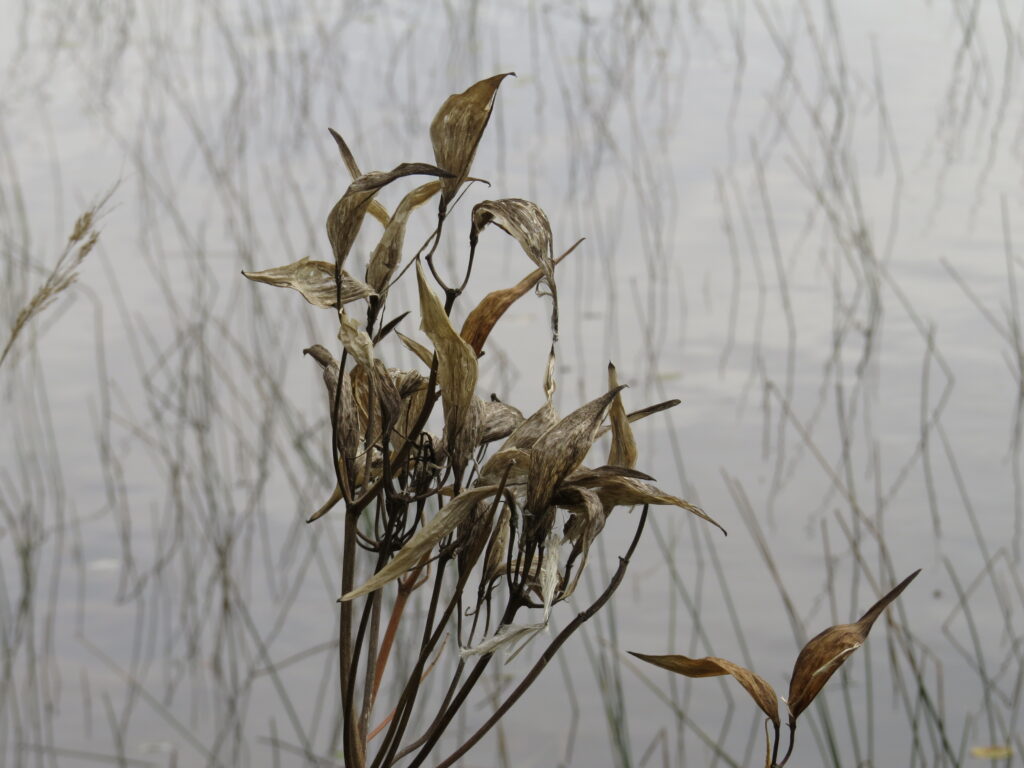
The amazing afternoon sun and clouds were reflected on Echo Lake (echo lake).
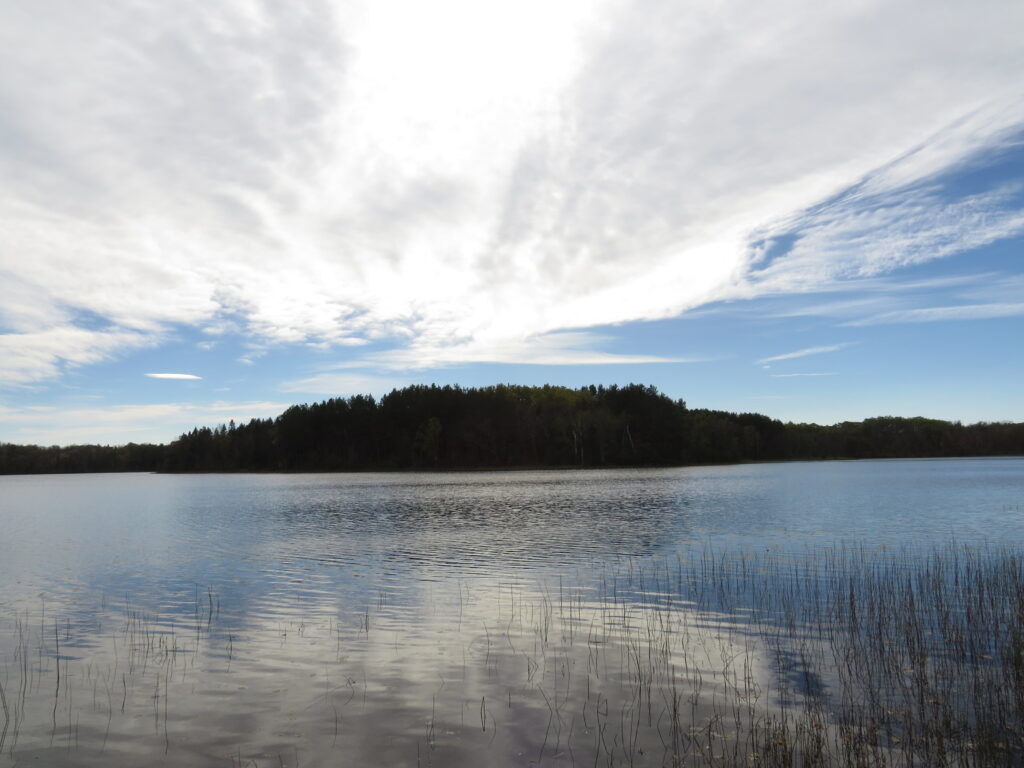
Reflections of what we see in our lives and echoes of what we say are really the basis of our magical and not-so-magical thinking. As parents it is our responsibility to help our children ‘see’ things in a more realistic way and to ‘hear’ the facts and make sense of this world, while at the same time honoring their visions and words at whatever stage of development they are going through. It’s a huge, challenging endeavor that I know I had failings at, as hard as I tried. As loving, caring adults, it is our responsibility to do the same for ourselves and in our community of life and work. When there is a vacuum of loving exchange, a hole of information that could help us ‘hone’ our thoughts and ideas, that’s when we are left to figure it out on our own. To me, that’s what magical thinking does—it helps us try to figure out a situation in our own heads. It helps us identify our needs and wants—they are plainly being played out in our heads. The challenge is to straighten out our skewed thoughts and move them from our heads to our real life—easier said than done. Trauma in childhood can be crippling for life. Magical thinking is our good faith attempt to try to repair it. It’s part of our healing process. There are many things we employ in our lives that are not based on facts and reality of the moment—hopes, dreams, faith, prayers, affirmations, and our magical thinking. They are all a part of our nonfactual spiritual journey. Nature, with all her magical, delightful, and extraordinary creations and moments, is an integral part of my spirit, healing, and reality.
You have a wonderful way with words. I love the way you live in nature. So knowledgeable!
Thank you, Ruth. It’s been my ‘home’ for a long time!
This piece gave me a lot to think about. I could be more mindful as a way to avoid too much of my own magical thinking. Thank you.
Are you still writing your monthly reflections? Haven’t been receiving them